We used to have an electric stove in the kitchen but, back in 1999, with the Y2k crisis looming, we bought a no-frills gas stove and put a 500 gallon LP tank in the side yard. if I remember correctly, it cost around 45 cents a gallon to fill it. Now, 6+ years later, it is, incredibly, still mostly full.
Our kitchen stove is the only gas appliance we have. I intended to install a gas water heater before the bug bit, and I bought one, but never got it installed. A few years later, I ended up making a Whizbang Chicken Scalder out of it.
So Marlene bakes her farm market breads and cookies in the kitchen stove. During the busy summer months, I hook up an additional gas stove for her. Two ovens has helped a lot but the problem with baking in a basic home oven is the uneven cooking action. Because of hot spots, Marlene could only bake six loaves of bread at a time, using only one shelf, and she had to rearrange them while baking so they would cook evenly and not burn. Cookies often burned on the bottoms or cooked too far and were too hard. The same thing happened with granola.
Such baking problems are not an issue with a hearth oven, or so I’ve been told. Hearth ovens consist of some form of masonry mass (i.e., bricks, stone, concrete) that is heated up by some form of fire (i.e., wood or gas). The baking heat comes from the masonry mass and, as a result, the cooking action is steady and even and gentle. Hot spots are not a problem.
Marlene found a company that sells lightweight masonry liners made to fit inside home ovens. The liners are supposed to duplicate the baking action of a hearth oven. The only problem with the liners is that they are kind of expensive.
Then Marlene read in the King Arthur Flour 200th Anniversary Cookbook that you can achieve similar results by putting a layer of unglazed quarry tiles on the bottom of the oven. So she bought sixteen 1/2-inch thick tiles for $10. It took 12 of them to cover the bottom of the oven. I had to cut three of them to get a good fit. The remaining four tiles were placed on top of the others for additional mass.
The result of this simple $10 modification has been remarkable. Hot spots are gone. The oven takes longer to heat up but the cooking action is steady and gentle. Marlene can now bake 10 to 12 loaves of bread at a time, using both shelves. Cookies come out moist and soft every time. It is hard to ruin a batch of granola anymore. It is, of course, still possible to burn something in the oven but you have to be especially negligent to do so.
Marlene wants me to say that she is still learning how to work with her “new” oven. It heats so much differently that it takes some getting used to. But she is very pleased with the gentler cooking action and hearth oven effect she has achieved by adding the quarry tiles.
Marlene also says the quarry tiles hold and release heat long after the stove is shut off. That isn’t a good thing on a hot, humid summer baking day but she is looking forward to the extra heat in the kitchen this winter.
==========
One more thought: The King Arthur Flour company gives classes around the country. Marlene took a day-long baking class in Syracuse N.Y. (about an hour from our house) last year and she really enjoyed it. She also took Robert and James with her. They were the only kids there. James ended up winning the cookbook as a door prize. He also learned how to make braided breads and I was amazed when he showed me what he learned.
Signs of spring
-
Despite being in the middle of a chilly spell (windy, scattered rain, high
of 50F), spring is indisputably here. One of the surest signs is the
blossomin...
3 hours ago






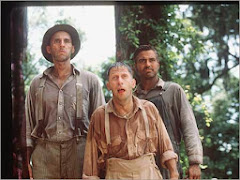

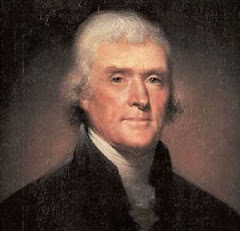




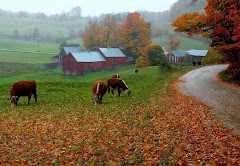
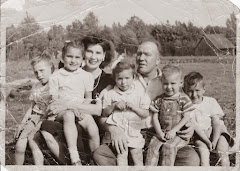




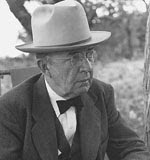


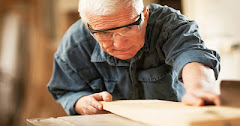


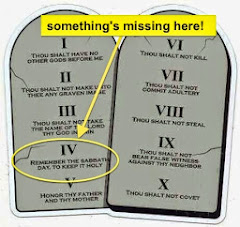











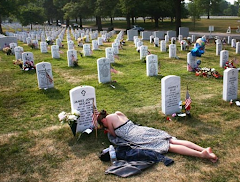
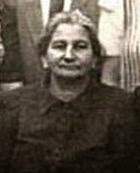

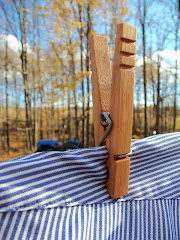



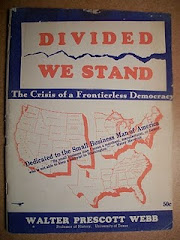









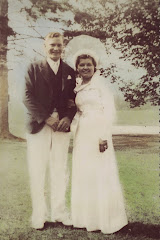

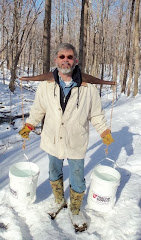
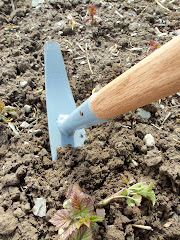

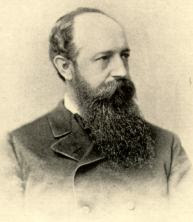
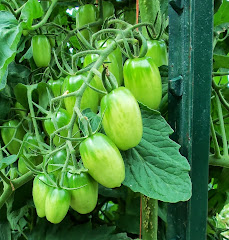
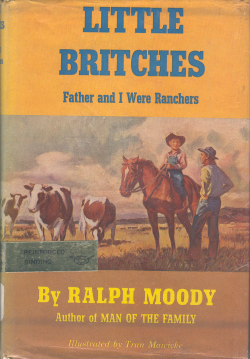


















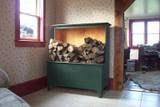
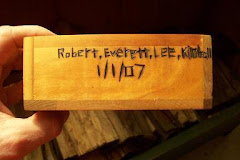







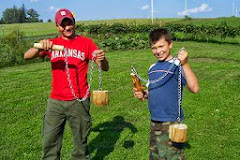


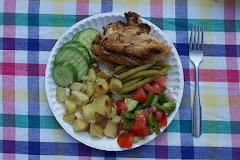

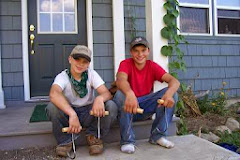

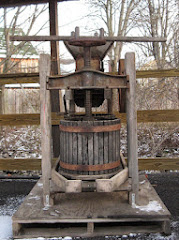





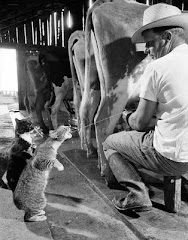







6 comments:
Hi Herrick! Congratulations on finding a low-cost solution to the oven problem. We also have a gas stove with an attitude. Perhaps the quarry tiles would help to adjust it as they did yours. Where would I find them?
Unglazed quarry tiles are available from most any flooring store that sells ceramic tile. That's where we got our tile. I think I've also seen them at Lowes. Home Depot probably has them too. The nice thing about Lowes is they also have a tile saw and can cut tiles for you too.
I too have a no frills gas stove. Mine has a pilot light, which I was told they don't make anymore. I am not sure if that is true, but I had a hard time finding mine. Anyway, when you put these tiles in, do you leave open the vent holes for the flames below? I am trying to picture this.
It's a relief to discover that there are real basic solutions to our problems that do not require expensive "specialists" or equipment. Our basic, no frills gas stove has helped us through many power outages in the cold of winter. Now that we will be having an excess of wood (with Missouri Woods coming online) it’s time to switch to wood heat for us. BTW, I understand your new blogging style. It is very hard to make the time to write lengthy articles.
Farm Girl...
The entire bottom of the oven is covered with the tiles. They fit right over the vent holes. We were concerned about possible overheating under the stove but that does not appear to be the case.
Missouri Rev...
Wood heat is great. We have heated our home with nothing but a basic wood stove on the first floor since we built the house. Seems to me that the firewood business (in addition to logging) is a good one to be getting into these days! I look forward to seeing Missouri Woods
Gas Tank Update:
Well that 500 gallon propane tank that I thought was still mostly full after 6+ years ran out of gas last week. The gauge says it is still mostly full. So that explains that.
Six years without a propane bill sure was nice, especially when I see that the cost of propane has gone from less than 50 cents a gallon in the fall of 1999 to a current price of almost $2.50.
Post a Comment